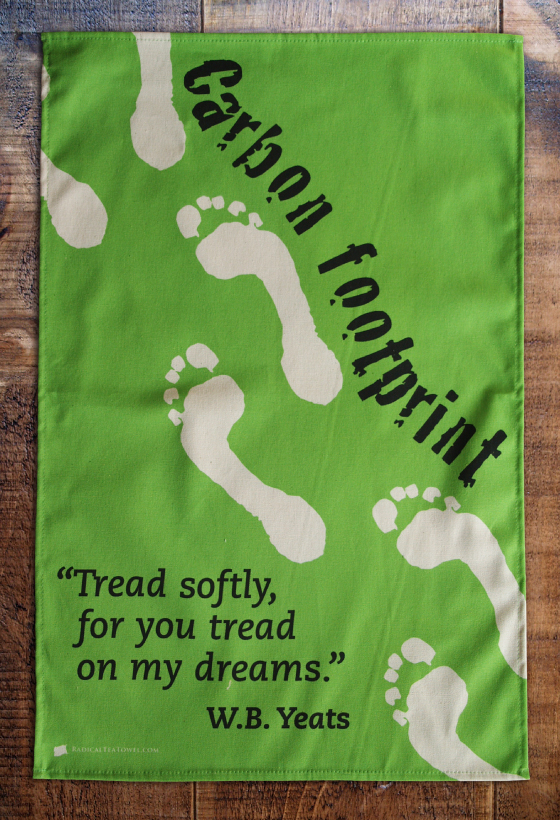W.B. Yeats: Ireland's Cultural Defendant in Chief
Posted by Pete on 13th Jun 2018
Hammersmith in West London was a bit of a melting pot for artsy types around the turn of the twentieth century.
The revolutionary English socialist, William Morris, made his home there. So did another William, less English but no less revolutionary: William Butler Yeats - born today in 1865.

Yeats' fight for the Irish Free State
Yeats was born in Sandymount, just south of Dublin, and while he spent much of his early life in London, his Irish homeland was never far from his thoughts.
The young poet came of age amid political agitation for Irish independence from Britain.
In 1867, when Yeats was two years old, there had been an armed uprising staged by the Irish Republican Brotherhood – an organisation he joined in later life.
From the 1880s, a parliamentary movement for Irish Home Rule developed.
During World War One, frustrated by broken British promises, this pro-independence energy ignited the Easter Uprising of 1916. Out of this rising came a War of Independence which, in 1922, yielded a historically unprecedented 'Irish Free State' (of which a fifty-seven-year-old Yeats was to become an early Senator).
This half-century of armed revolt and political agitation was the golden age of Ireland's fight for freedom from Britain and her empire.
But alongside this struggle for political independence was a struggle for cultural independence as well.
Mounting a defence
This second fight called up a different type of Irishman. In place of the soldiers and politicians - people like Charles Stewart Parnell and Constance Markievicz - were writers, painters and poets.
People like W.B. Yeats.
You see, when the English rocked up in Ireland they didn't just steal Irish farms and tax revenue. They tried to destroy Irish identity itself.
The Irish language, for example, was repressed in occupied Ireland as Gaelic and Welsh had been in Scotland and Wales. Registrars would only take down the Anglicised versions of Irish names - my great-granddad, for example, was 'James' so far as the British authorities in County Galway were concerned, even though his parents had named him 'Séamus'.
The plan was: if we destroy 'Irish-ness', then there'll be nothing left to justify independence from Britain.
Spoiler alert - the plan didn't work.
The second coming of Irish cultural independence
This was in a big way thanks to men and women like Yeats. The work he churned out was unashamedly Irish in nature.
Sometimes it drew from ancient Irish folklore - like the many poems he wrote based on the Celtic demi-god Cú Chulainn.
Sometimes it commented on contemporary Irish politics, as with his poems Easter 1916 and Sixteen Dead Men which both expressed sympathy for the men and women who died sparking the War of Independence.
All this art was part of what came to be called the 'Irish Literary Revival'.
While Irish creativity of this quality was going on, imperial efforts to Anglicise Ireland culturally were completely hopeless.
When thinking about historic anti-imperial struggles, it's easy to focus on the people who made independence physically possible on battlefields and around negotiating tables - the Simón Bolívars and George Washingtons, the Che Guevaras and Mahatma Gandhis.
But we mustn't leave out the people like Yeats who enabled independence culturally. The people who made independence beautiful.
